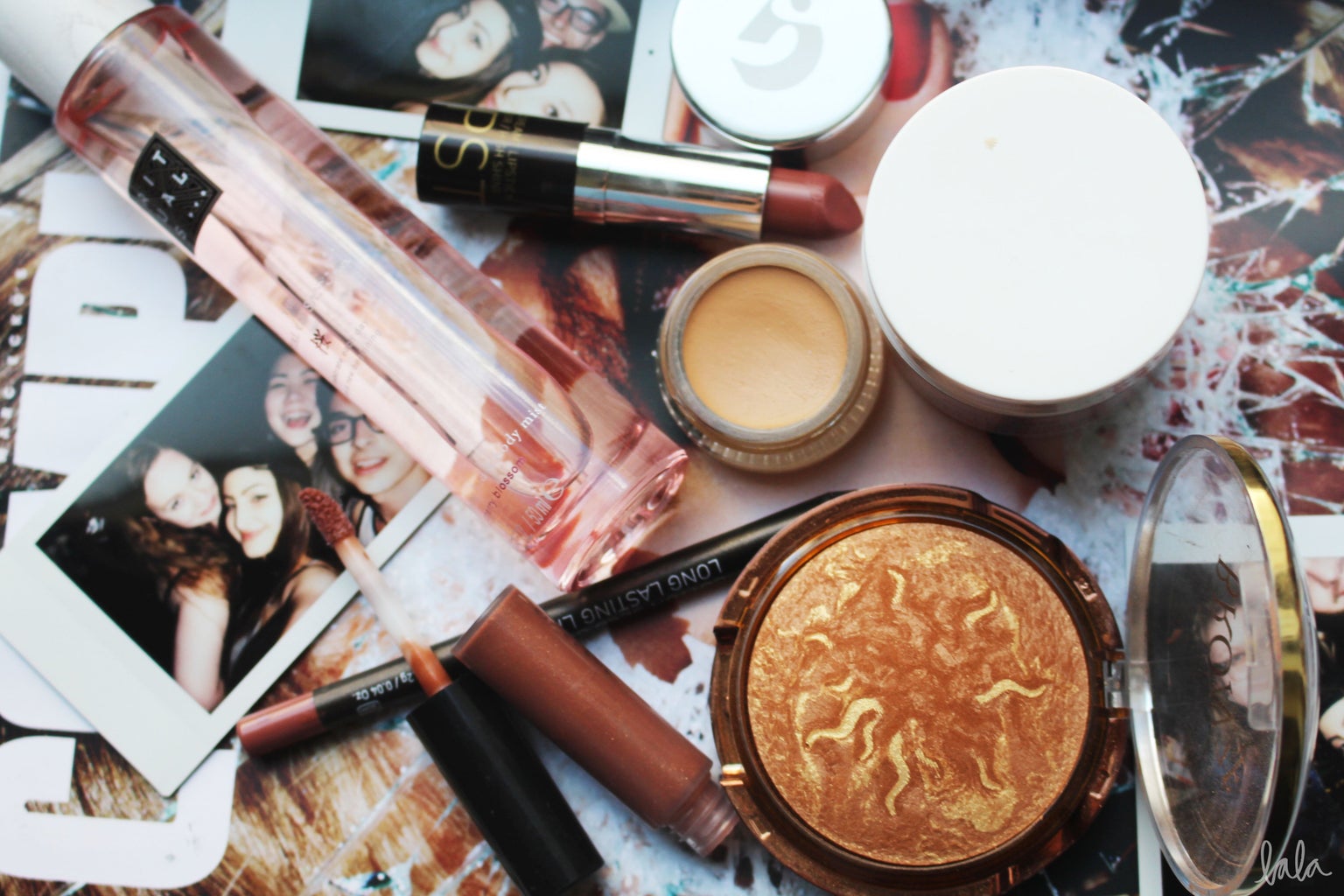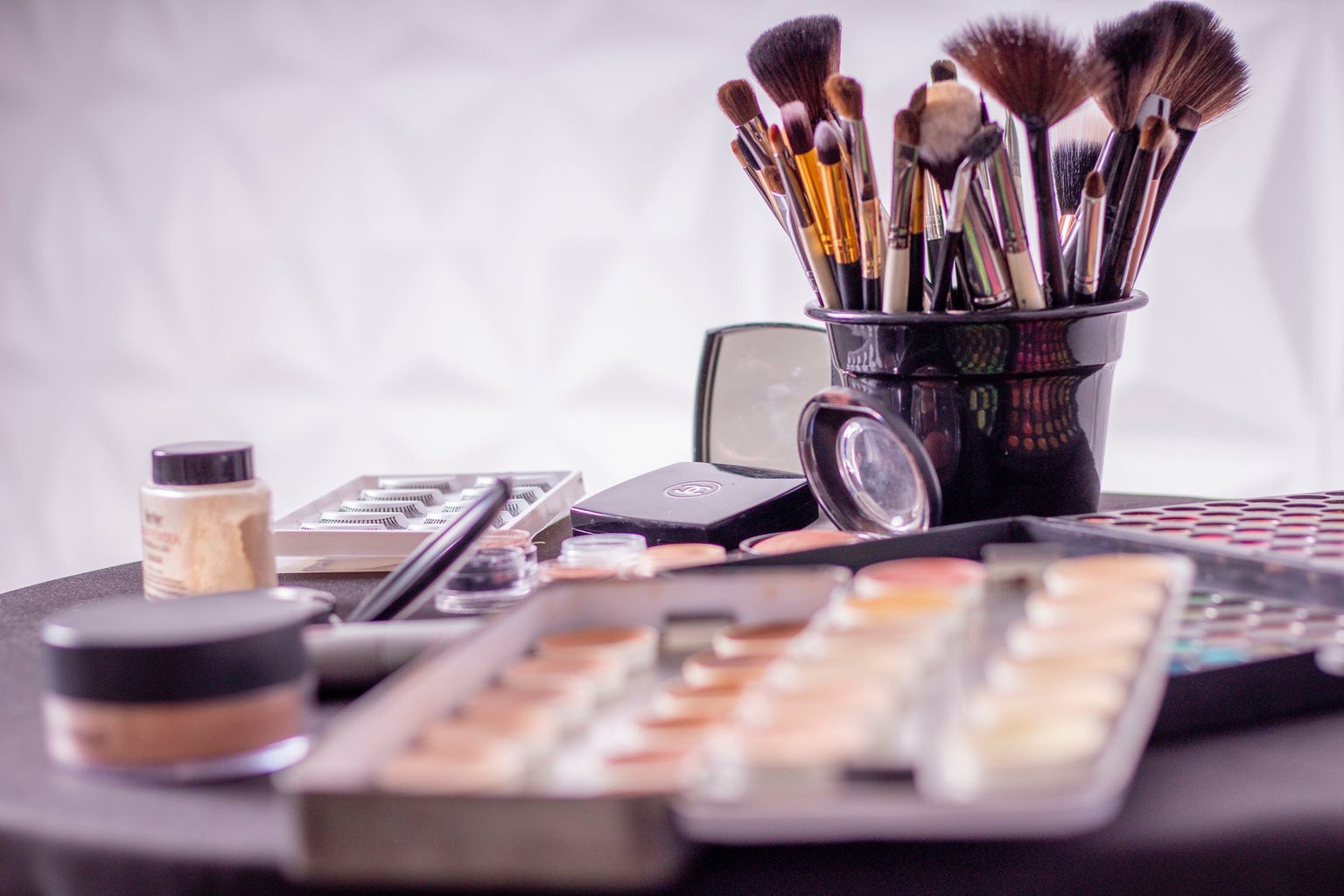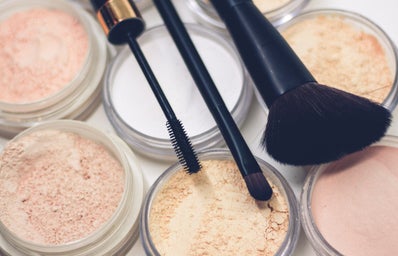Mica is an ingredient that’s widely used in cosmetics to create a shimmer. But in India, there are children from local villages who are risking their lives to bring you this shimmer in your makeup. Now before you freak – companies should disclose the use of this product, so it isn’t entirely your fault. It can be hard to work around buying makeup that is mica-free, with the relationship between affordability and sustainability being a tricky one. Unfortunately, ethical beauty products can be cruelty-free and clean-certified, but still contain mica.
Mica linked to child labor has been occurring throughout the makeup industry, whether it be expensive eyeshadow palettes to a drugstore lipgloss. The body lotion you have that gives your skin a glow? You can thank mica for that. Unlike the heavy glitter that comes from plastic, the shimmer mica produces is what the cosmetics industry loves. 60% of the high-quality mica that goes into beauty products comes from India, from regions of Bihar and Jharkhand, where child mining and exploitation happen often.

Roughly 70% of mica produced in India comes from illegal mines that are unregulated by the government. Unfortunately, the communities where the mining is based in is how the people who live there get by. With no other industries in the area, many people have to continue working in the mines. Family mining is common, and children are valuable for entering narrow mine shafts. This has created a “resource curse” where developing economies are worse due to the exploitation of their natural resources for the developed world.
For these children, they aren’t able to go to school and have been working in the mines for quite some time. Breathing in the dust in the mines can cause infections, disease, and permanent damage to the lungs. Even worse, when the mines are crumbling, children can get stuck easily and be put at a higher risk of death. There are alternatives, however, to avoid using mica and promoting the exploitation of child labor. Lush Cosmetics, a popular brand, decided to start swapping in synthetic mica in 2014, which is a biodegradable shimmer created in a lab. On the lush website, under ‘Stories’ they removed natural mica from their supply chain as of January 1, 2018. Synthetic mica is a great alternative- not only is it purer, but can provide a more vibrant shine. However, synthetic mica is much more expensive than natural, so it’s important for companies to obtain their natural mica from ethically sourced areas. If you want to know if the mica in your products is ethically sourced, make sure the brand clearly states the origins of their mica, and if they don’t, ask questions! The more consumers urge brands to be transparent, the more change that can occur.

How can you help? To start, here are a few brands that don’t use mica, or state that it is ethically sourced:
-
Burt’s Bee’s (states on their website under the “Responsible Sourcing” section that they are a part of the Responsible Mica Initiative)
-
Omiana (completely mica-free) When you first access their website, it displays all the products without mica. It does disclaim however that they occasionally have it in products for shimmer.
-
Honest Beauty (under their ingredients, it is stated that the mica is “sustainably sourced”)
-
Colourpop (I emailed them, and they said they source from the US, Japan, and Europe)
-
Pureanada (Not only are the products priced very nicely, but it states directly on their website that “our Mica supplier ensures that their product is mined ethically in India without the use of child labor.”)
-
Juice Beauty (I emailed the brand, and they responded back fairly quickly with “At Juice Beauty, we use mica to add shimmer to our plant and mineral-based Phyto-Pigments makeup. These ingredients come from a Japanese company that often sources in Japan and Malaysia and we have signed documents stating that there is no child labor used in this process.”)
Besides supporting these brands, there are other actions that you can take as a consumer. Buying from brands committed to only using ethically sourced mica such as the ones listed above, messaging certain brands you see that aren’t transparent about their supply chain/sourcing, and sign petitions that are committed to making a change in the cosmetics industry. As consumers in a developed country, we need to do our best to take advantage of the privileges we have and educate ourselves and others.



